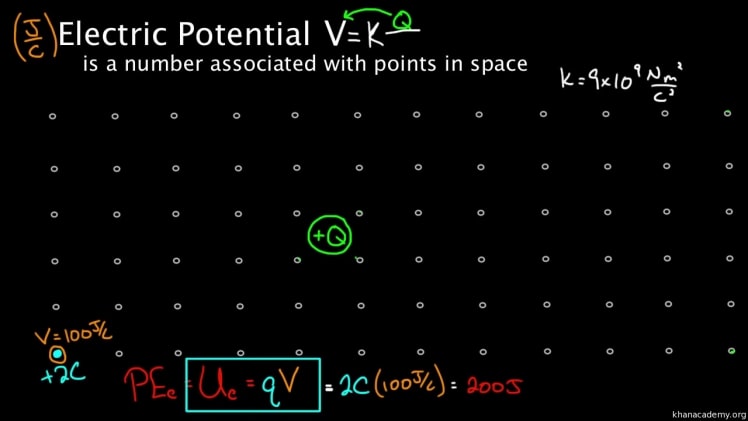Well! You can start now, but first you must grasp the fundamental concepts of electric potential. If you do not comprehend the basic principles of electric field and charge, it will be quite difficult for you to grasp the notions of these issues. I recommend that you first understand about electric potential before diving into these subjects that would prove to be of quite help to you.
An electric field is a physical environment that surrounds electrically charged particles and exerts force on all other charged particles in the field, attracting or repelling them. It can also refer to the physical field of a system of charged particles. Electric fields are formed by changing electric charges or magnetic fields. One of nature’s four fundamental forces, the electromagnetic force expresses itself in both electric and magnetic fields.Visit here: life2news
Electric fields are important in many areas of physics, and they are employed on a daily basis in electrical technology. In atomic physics and chemistry, the electric field, for example, is the attractive force that keeps the atomic nucleus as well as electrons together in atoms. It’s also the force that drives atoms to form molecules by forming chemical bonds between them.
Visit The Site: time2business
The electric potential is the amount of work energy necessary to move a unit of electric charge from a reference point to a given location in an electric field. It’s the energy per unit charge for a test charge that’s so little that the field disruption isn’t noticeable. Furthermore, to avoid accumulating kinetic energy or generating radiation, the test charge is anticipated to travel through the field with low acceleration. By definition, the electric potential at the reference site is zero units. The earth or a point at infinity are commonly used as reference points, however any point can be utilised.
visit here to know more information : msizone
The gradient of the electrostatic potential, a scalar variable denoted by V or occasionally, equal to the electric potential energy of each charged particle at any place divided by the charge of that particle, is a vector quantity in classical electrostatics. Divide the charge on the particle, which is a property of the electric field, to get a quotient. Electric potential is the amount of energy held in a unit of charge in a nutshell.
As a static or dynamic electric field at a given time, this value can be calculated in joules per coulomb, or volts. The electric potential is intended to be zero at infinity.
Visite this site : thailandnews24.com
Click here : hdfridaynews.com
The electric field cannot be expressed only in terms of a scalar potential when time-varying fields are added in electrodynamics. Instead, the electric field may be represented using both the scalar electric potential and the magnetic vector potential. Lorentz transformations mix the two forms of potential because the electric and magnetic vector potentials combine to produce a four-vector.
read more : readwrites
In practise, electric potential is always a continuous function in space; otherwise, the spatial derivative would result in an infinitely large field, which is inconceivable. The r potential of an idealised point charge is constant everywhere except at the origin. The electric field is not infinite at any location, and it is not continuous across a surface charge assumption. As a result, the electric potential of an idealised surface charge remains constant. An idealised linear charge’s ln(r) potential is continuous everywhere except on the linear charge.
It is to be noted that classical mechanics investigates force, energy, and potential. Force and potential energy are intricately related. Any object that is accelerated by a net force accelerates. As an item moves in the direction in which the force accelerates it, its potential energy also decreases. For example, a cannonball fired from the top of a hill has a larger gravitational potential energy than one fired from the bottom. As it rolls downhill, its potential energy decreases, and this energy is turned into motion, or kinetic energy.
Do you know the answer of the below question:
- 2V2V
- 4V4V
- 1V1V
- 6V
It is always possible to set the potential of some force fields so that the potential energy of an object in that field is only governed by the item’s position in reference to the field. An electric field and a gravitational field are two examples of force fields (in the absence of time-varying magnetic fields). Such fields must have an influence on the item due to its intrinsic characteristics (for example, mass or charge) and its location.
An electric field exerts a force on charged objects, and electric charge is a property that things can have. The force at that position will be in the direction of the electric field vector if the charged object has a positive charge; however, if the charge is negative, the force will be in the other direction. The force is calculated by multiplying the charge quantity by the magnitude of the electric field vector.
SEO Guest post is more effective to To rank your website. You may submit your blog on uwatchnews and topmagazines.
Read More About: newmags

